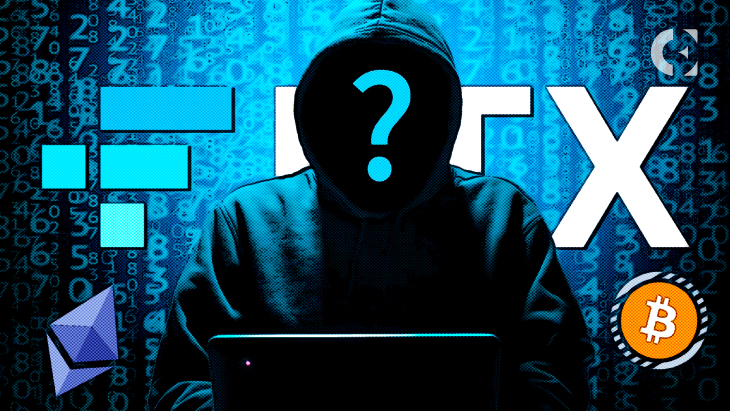- CertiK Alert posted on October 4 that the FTX drainer bridged another 5,624 ETH to BTC.
- That follows a series of notifications of multiple activities by the hacker, recently.
- The latest amount adds to over 30,000 ETH already bridged by the FTX wallet drainer.
CertiK Alert, a platform that provides real-time alerts about crypto hacks, posted on October 4 that the FTX drainer bridged another 5,624 ETH to BTC. That follows a series of notifications about the recent resurfacing of the hacker who stole a significant amount of funds from the defunct FTX exchange.
The recent alert comes after CertiK Alert had posted about the hacker bridging up to 30,000 ETH to BTC as of October 2, 2023.
Over the weekend, the crypto industry observed renewed activity on the wallet linked to the infamous FTX hacker. Starting on September 30, the hacker bridged 15,000 ETH to BTC, according to CertiK Alert. Before that event, the last movement of funds associated with the hacker was in November 2022.
CertiK Alert posted that the hacker used a money laundering technique involving a peel chain, whereby a user sends funds through multiple wallets with small amounts broken off with each transaction. As of October 2, the FTX wallet drainer had used more than 80 Bitcoin wallets in the bridging process.
Notably, the hacker renewed activities on the stolen funds only a few days before Sam Bankman-Fried (SBF), the former FTX CEO, was scheduled for trial over fraud charges. The timing of the hacker’s resurfacing raised curiosity among many crypto users. However, as of the time of writing, there were no confirmations that it has anything to do with SBF or the scheduled trial.
Despite the lack of confirmation, users remain curious about the events surrounding the stolen funds. The timing of the theft and how it happened has left many crypto participants suspecting an inside job from someone within the FTX circle.
After the theft in November 2022, the FTX team described it as a hack in its Telegram channel. Shortly afterward, FTX changed its phrasing of the incident to “unauthorized access.” That left users suspecting it could have been an insider controlling the FTX wallets behind the theft.
Disclaimer: The information presented in this article is for informational and educational purposes only. The article does not constitute financial advice or advice of any kind. Coin Edition is not responsible for any losses incurred as a result of the utilization of content, products, or services mentioned. Readers are advised to exercise caution before taking any action related to the company.







